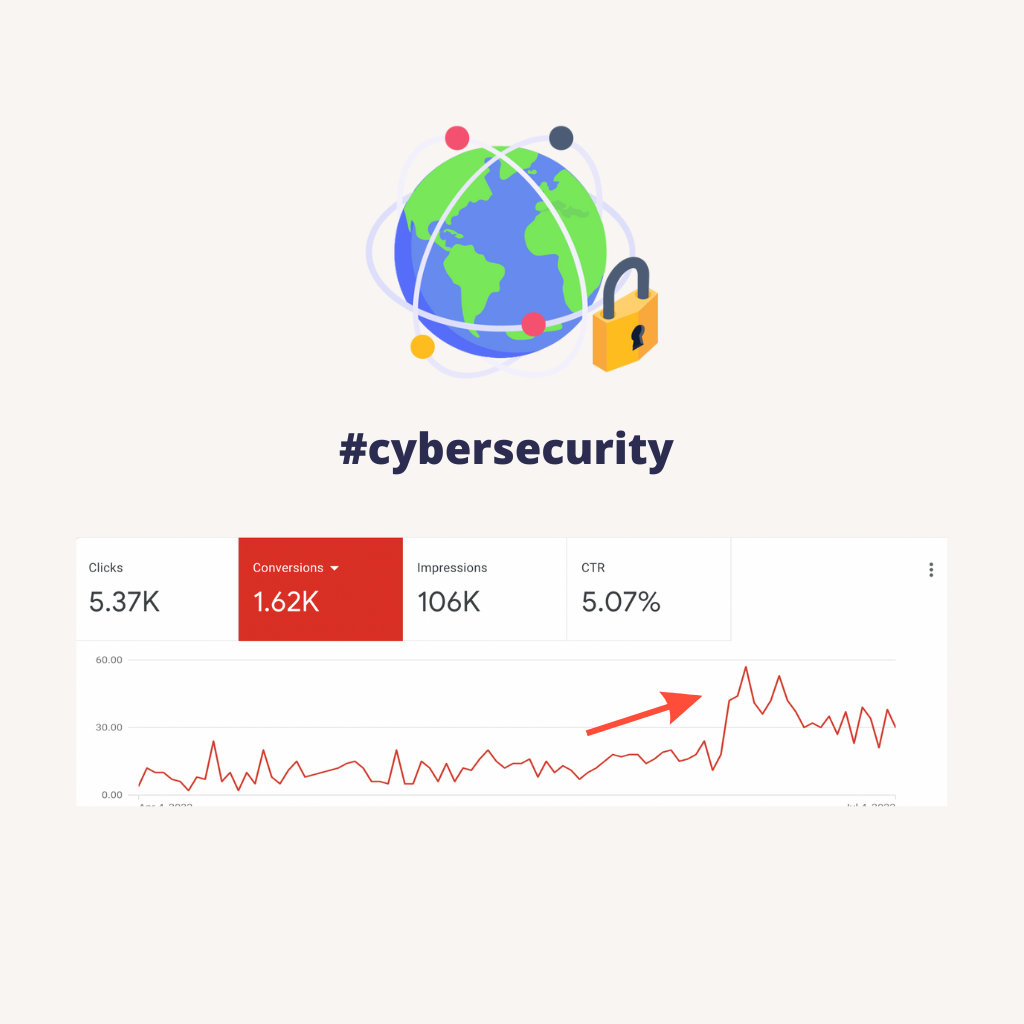The Client
Covalo B2B platform was launched as part of an innovation project initiated by a Swiss specialty chemicals company, Clariant. It has become one of the largest search platforms for beauty ingredients, enabling brands to quickly find the right ingredients while helping provide suppliers with the tools and real-time industry insights needed to effectively market products.
The Challenge
Covalo came to us with the goal of quickly growing their customer base by improving their pay-per-click (PPC) advertising campaigns. The chemical ingredients industry is highly competitive, so our challenge was to generate the most leads at a stable cost-per-acquisition (CPA).
Services Provided
- Conversion goals and tracking implementation.
- Keyword research and market analysis.
- Google Paid Search and Display Retargeting.
- Landing Pages and Conversions Optimization.
The Solution
Step 1: Analytics Setup
We helped implement an analytics platform, including landing page conversion tracking and CRM integration. We set up our client’s Google Analytics GA4 and Google tag manager account, landing page tracking codes, and HubSpot account integration.
Here are some conversion events we created in Google Analytics GA4:

Step 2: Competitive Research
In competitive industries like the chemical ingredients platform, competitive research is essential. We took time to deep-dive into the client’s competitors to identify key ways we could restructure their ads to outperform the competition. We looked at everything from competitors’ keywords to spend budgets, and even ad copy, to see how we could position this client’s ads to stand out in a competitive niche market.
Semrush is one of the multiple tools we use to find the Google Ads keywords used by our clients’ competitors.

Step 3: Restructuring Paid Search Campaigns
Our approach was to modernize the concept of the Google Ads account. Through a holistic approach – with smart bidding, largely matching keywords (modified broad match), targeted ad texts and individually structured landing pages – we addressed the desired target group directly, so that we were able to achieve success after a short time. Other good practices we have implemented include:
- Ensuring the ad group level and campaign level negative keywords are accurate.
- Being sure to check the Search Terms Report in order to add any converting terms that weren’t already being bid on.
- Testing pure broad match. This is something we’ve seen success with when the correct measures are in place.
This new structure, combined with new ads and long-tail keywords, dramatically improved the conversion rate of the overall account

Step 4: Update Ad Copy to Better Align With Keywords & Landing Pages
We also rewrote the ad copy to make it stand out against the competition. It is a highly competitive area, and knowing we were competing against some pretty big names, we rewrote the ad copy from the ground up to make it stand out from the competition.
In terms of best practices, we also made sure the following steps were taken:
- We used the maximum number of headlines and descriptions in Responsive Search Ads (and ensured every ad group had at least one RSA).
- We removed ad copy that wasn’t performing.
- We ensured all relevant ad extensions were applied throughout the account and at the proper level, including sitelinks, callouts, structured snippets, images, and calls.
Results
Three months after the new ads went live, we were able to increase their click-through rate to 4%, their conversion rate to 6.2%, and reduce their cost-per-conversion from $188 to just $57.

If you’d like to learn more about how our Google Ads agency help B2B SaaS and Tech companies grow their MRR through LinkedIn advertising, contact us online or send us an email today at info@getuplead.com to speak with someone on our team.



